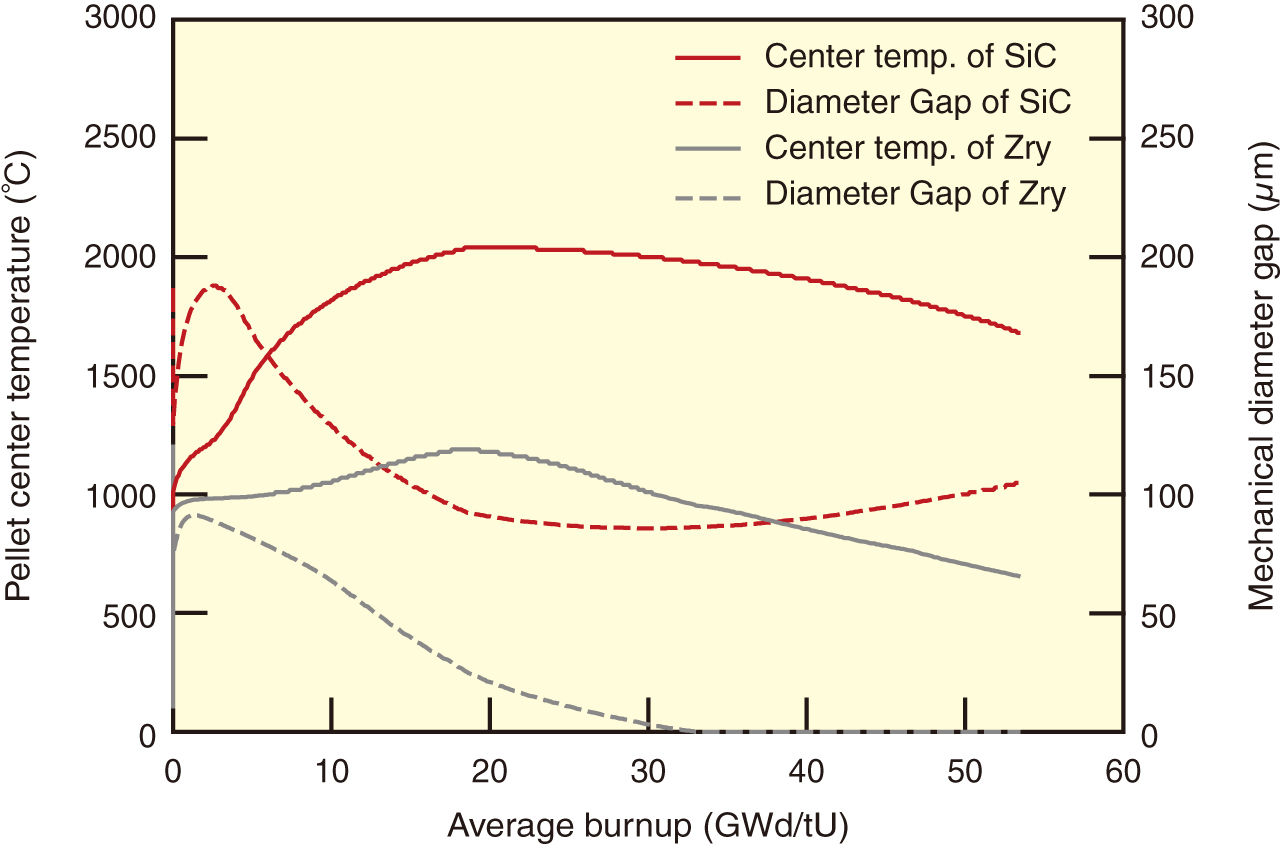
Fig.4-2 Analysis of changes in fuel-center temperature and pellet-cladding gap size using the FEMAXI-ATF code
Zirconium alloys (Zircaloys), which are used as fuel cladding and other core components in light-water reactors (LWRs), are readily oxidized at high temperatures. The reaction of zirconium with water or steam is accompanied by the release of hydrogen gas as well as the formation of an oxide. In addition, the reaction is highly exothermic. It is believed that the Zircaloy fuel cladding was oxidized in the heated core and that the subsequent temperature escalation due to oxidation caused core melting in the accident at the TEPCO’s Fukushima Daiichi NPS (1F). It is also presumed that the reactor building was caused to explode by hydrogen generated by the leak of oxidants from the primary containment vessel. Based on lessons learned from the 1F accident, we are developing advanced fuel and core components with enhanced accident tolerance to prevent extensive core damage and hydrogen generation and to mitigate these phenomena in accidents whose severity exceeds the basis of the reactor’s design.
Silicon carbide (SiC) is an attractive candidate for an accident-tolerant cladding material because of its high chemical stability and heat resistance. Since SiC is expected to be far less reactive with steam than is Zircaloy, the generation of heat and hydrogen gas would be greatly suppressed.
The material properties of SiC, such as its swelling behavior and mechanical properties, are different from those of Zircaloy. It is essential to identify the fuel-behavior difference between Zircaloy-based and SiC-based cladding not only under accident conditions but also during normal operation. The FEMAXI-ATF code has been developed to analyze the SiC-cladding-fuel behaviors as an extended version of the LWR fuel-analysis code FEMAXI-7. The thermal, mechanical and irradiation-property models of SiC have been newly implemented in FEMAXI-7.
Triplex SiC-cladding designs combining monolithic SiC and SiC/SiC-composite layers have been proposed to provide features such as corrosion protection, improved mechanical properties, and leak-tightness. The FEMAXI-ATF code was improved to treat the triplex-cladding structure. The pseudo-ductility model for SiC/SiC composite was developed based on experimental values from the literature. SiC cladding is corroded by coolant water and wall-thinning occurs. The code was enhanced to account for the thinning behavior in the outer cladding layer.
Analysis using the FEMAXI-ATF code indicated that the SiC cladding swells more under irradiation than the Zircaloy cladding, increasing the gap size and therefore the fuel temperature (Fig.4-2). R&D on the utilization of SiC as a LWR-fuel cladding has been prioritized based on the present analysis.
A part of this study is the result of the “Development of a Technical Basis for Introducing Advanced Fuels Contributing to Safety Improvement of Current Light Water Reactors,” as carried out under the Project for the “Development of a Technical Basis for Safety Improvement at Nuclear Power Plants,” by the Agency for Natural Resources and Energy, the Ministry of Economy, Trade and Industry (METI), Japan in FY 2016.
<Previous: 4 Nuclear Science and Engineering Research | Next: 4-2>